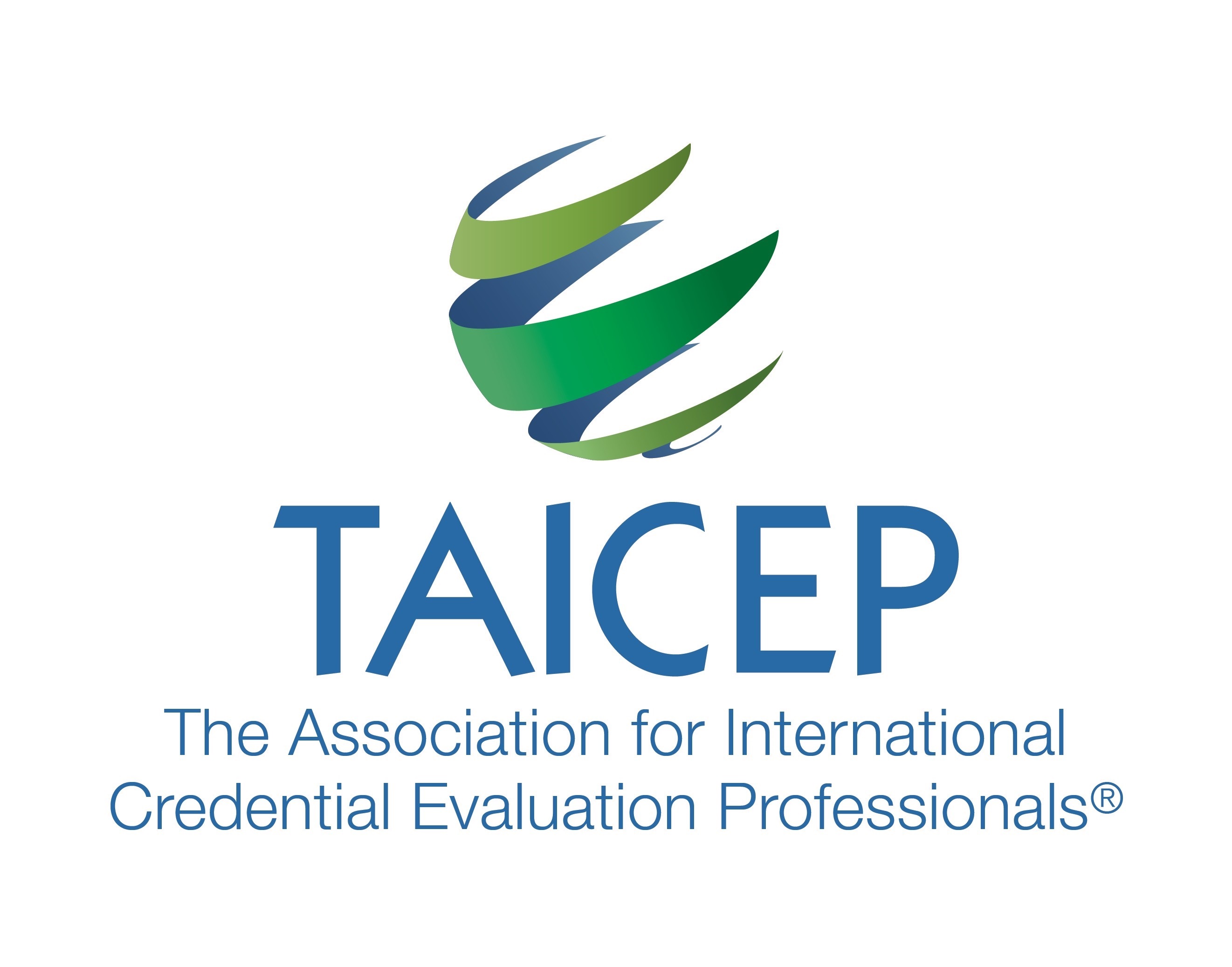Written by: Ashley Porterfield, Evaluator, Transcript Research
The United States of America maintains territories all over the world. We will briefly explore these territories throughout this article.
First of all, there are several “non-state” gaps within the US land mass. These are geographic areas under the jurisdiction of the US government. The first gap is Washington DC, which is a city with local government but with no statehood; so its representation falls under the control of the US Congress. This means that the elected officials for the other fifty states actually make decisions on behalf of the District itself. The second gap in statehood comes from the American Indian reservations. Indian reservations are generally sovereign nations but also must cooperate with the US Department of the Interior.
The American island territories represent a very different category. Four major descriptors can be used to describe American island territories around the world: organized, unorganized, incorporated, and unincorporated. Most American territories can be placed into the following matrix.
The largest of the American island territories is also the most well known – Puerto Rico. Puerto Rico is an organized unincorporated territory. It is an organized territory because it is self-governing. It is unincorporated because there is no automatic US constitutional law. Only portions of the US Constitution apply to the laws and citizens living in that territory. There are currently 3.7 million people living in Puerto Rico. By population, it is larger than twenty-one US states. Ninety-one percent of people living in US territorial islands live in Puerto Rico. Interestingly, Puerto Ricans are American citizens and are allowed to elect representatives to the US Congress. The representatives attend Congressional meetings but are not allowed to vote. Puerto Ricans are also not allowed to vote in US presidential elections. There are three other territories that enjoy the same privileges and follow the same rules: Guam, Northern Mariana Islands, and the US Virgin Islands.
Uninhabited islands are unorganized and unincorporated. Since they are uninhabited, there is no local government. These islands include Baker Island, Howland Island, Jarvis Island, Johnston Atoll, Kingman Reef, Midway Island, Navassa Island, Serranilla Bank and the Baja Nuevo Bank, and Wake Island.
There is an uninhabited island exception, Palmyra Atoll. The Palmyra Atoll is an uninhabited nature reserve. There is no population and thus no local government so it is considered an unorganized territory. The island is, however, an incorporated territory which means that the laws of the US constitution apply to all inhabitants. If anyone were to live here, they would be considered US citizens and assume all rights and privileges granted by the US Constitution.
Currently, there are no islands which fall into the organized and incorporated category. Such territories would require a local government and apply the full US constitution to all residents.
Now that we have covered the four major categories, there are a few more American territories which don’t fit into the categories described above. The largest of these is American Samoa with a population of 55,000 people. American Samoans are not considered to be US citizens but are instead American nationals. They can live and work in the United States, but they cannot vote in the presidential election unless they go through the immigration process.
Finally, these three independent nations – the Republic of Palau, the Marshal Islands, and the Federated States of Micronesia – are American territories. These three Pacific island countries are recognized as sovereign nations who hold seats within the United Nations. They are also part of an agreement with the United States called a Compact of Free Association. The United States provides economic support and military defense in return for being allowed to build and run military bases on these islands. The Compact also allows citizens from each of these nations to live and work in the United States without having to obtain residential or employment visas.
This brief summary of American territories explains some of the unusual and, hopefully, interesting aspects of the United States influence regarding islands, and their people, throughout the world.
This article is a written summary of a YouTube video originally published by CGP Grey on July 3, 2014. https://youtu.be/ASSOQDQvVLU
Inside this edition:
President’s Welcome -January 2018 Newsletter
Committee Updates -January 2018 Newsletter
Organizational Structure Updates -January 2018 Newsletter
TAICEP Meet Your 2018-2019 Leadership Team -January 2018 Newsletter
Indian Diploma Programmes Awarded by State Boards for Technical Education -January 2018 Newsletter
Cambridge Advanced Coursework: An Introduction -January 2018 Newsletter
Secondary Credential Overview- Part I -January 2018 Newsletter
European Union General Data Protection Regulation -January 2018 Newsletter
Building a Resource Library, Part III -January 2018 Newsletter
Memoriam to David Millar -January 2018 Newsletter
TAICEP News -January 2018 Newsletter
Add to your Library -January 2018 Newsletter
Recent TAICEP Events January 2018 Newsletter
Upcoming TAICEP Events -January 2018 Newsletter
From the TAICEP Website -January 2018 Newsletter
Notes from the Field -January 2018 Newsletter

